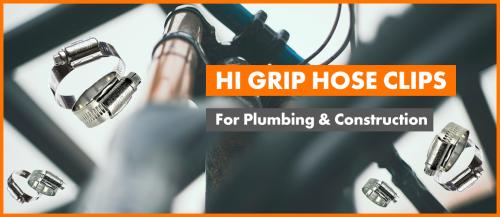Using most hand tools is pretty easy but using them correctly can be another matter altogether. The screwdriver comes in many different forms and here we look in more detail at this humble tool and how to use it properly for best results.
Screwdrivers consist of four parts: the handle, the shank, the blade and the tip. The tools are distinguished from one another based on the tip, which dictates what type of screw they are designed to drive: slot head, Phillips head or pozi head. Using the wrong type of screwdriver for the screw you are driving can cause damage to both the screw and the tool.
Using the right tip size is also an essential consideration. The screwdriver's tip should completely fill the slot of the screw being driven: if the tip is too narrow it will reduce leverage, making the job more difficult, while a tip that is too wide will slip out, making the job impossible and causing a safety risk.
If you're not using a self-tapping screw then driving pilot holes is a good idea: these holes will ensure that the screw is driven in straight. A punch hole and awl are sufficient for creating small pilot holes while a drill or other boring tool may be required for larger screws.
If screws are difficult to drive, rub beeswax or a little soap onto the threads. An adjustable wrench will give you more leverage if required, for instance when screwing or unscrewing particularly stubborn screws. Use a screwholder to help you when working in areas of limited access. The shorter the shank of the screwdriver, the more driving power it will have.
Our new 19-piece tool set, which comes in it's own handy box, contains a selection of screwdrivers for different jobs and there are two screwdrivers available separately from BS Fixings. Check out our website for more info.






